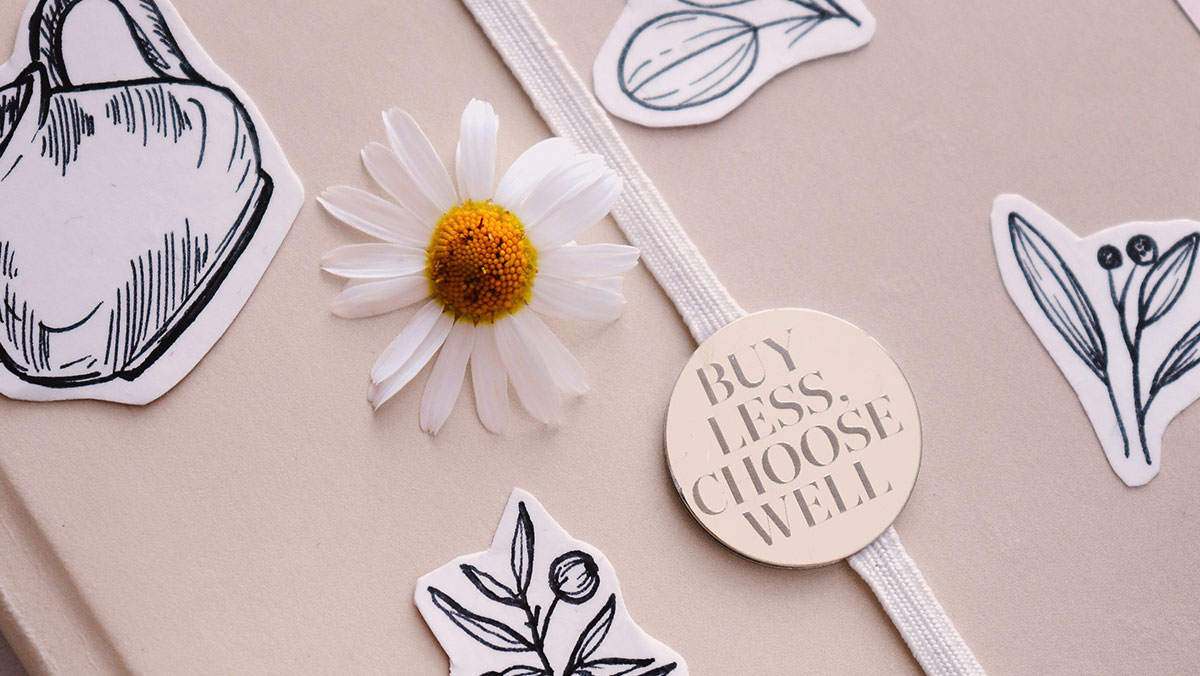
The word luxury comes from the Latin luxus meaning ‘excess’, through the French luxure, meaning ‘lust’ and ‘lechery’. Over time, the word has become more aligned with notions of refined pleasure but still retains a whiff of extravagance. With so many of us having reached ‘peak stuff’, and with an increasing awareness of how our choices impact the bigger picture, excess is no longer something to aspire to.
In the luxury sector, we’re all starting on this journey. In the last couple of years, there’s been a realization that brands have to take responsibility and respond to the idea of consumers making more conscious decisions. They’re buying into a brand not just because it’s luxury – it has to stand for something. And the luxury they’re buying into needs to chime with their ethics and reasoning.
The value of luxury products and services has long relied on the concepts of exclusivity and rarity. But the number of people who can afford to buy into luxury is increasing, each one of them is looking for something unique and special. Meanwhile, technology is opening up goods and experiences to more people all over the world. And more of them are demanding transparency to be reassured about the knock-on effects of their purchases. How can brands channel rarity along with the 21st-century mood of inclusivity and responsibility? How can they retain a mystique while inviting the world in?
“Luxury means exquisite and exclusive, but that’s not done at the expense of the planet.”
Alain De Botton’s School of Life notes that “The way we buy ‘luxurious’ things belongs to a project long associated with philosophy: that of defining and communicating our identity; that of knowing and then letting others know who we are.” The luxury consumer is still aspirational but aspires to be more than rich and important. They want to signal awareness of the self, society, and environment, and, of course, the highest levels of discernment and good taste.
As luxury consumers’ value systems change, brands still need to create and prove value to the customer. It’s about uniqueness, it’s about exclusivity, it’s about being utterly, perfectly handmade. Dior, for example, on their social media, shows people sewing on beautiful little stones onto frocks. They’re justifying the value through exquisite craft. Or Hermès, who sells a real personalized story that you buy into – once you own a Hermès bag, you can take it to the shop and they will repair it for you and keep a record of it. But, as well as craftsmanship and personalized service, today’s luxury brands need to stand for something more meaningful.
A great example is Haekels, a skincare and wild fragrance brand based in Margate. Its simple; handcrafted products showcase the surrounding coast’s natural ingredients and act to promote Margate’s heritage of healthy coastal living. If you take part in a beach clean you can swap rubbish for a lovely product, both on store and online. Last year saw them produce an exclusive range for the Patina resort in the Maldives, incorporating locally foraged and sourced ingredients from the region. Haekels’ purpose drives everything that they do, and that makes it feel kind of quite curious, and brings so much value. Through their initiatives, they show that the intention behind their brand is genuine. It’s the difference between ethics being at the heart of the brand, rather than bits of ethical behavior being tagged on to the brand.
Of course, luxury brands need to excel at product, experience, design, and packaging. But now, they also need to address the ethical concerns of more conscious consumers. Using sustainable materials and less packaging will just become a given – a hygiene factor. Beyond this, brands that can skillfully articulate more sustainable values stand to gain a lot in terms of audience loyalty. The balancing act between transparency and exclusivity can seem difficult, but it’s entirely possible by embracing the sector’s new mood of openness.
One brand that embodies this is Mother of Pearl, a luxury fashion label with a transparent supply chain that puts social responsibility, respect for animals, and low-environmental impact first and foremost. The website allows visitors to see the sustainable attributes of each piece. This includes reassurance that garment factories are regularly visited to ensure they are socially responsible. But all this information is delivered in an experience with the highest design sensibilities.
The whole idea of ‘luxury for luxury’s sake’ seems really old-fashioned suddenly. And that has only really happened in the last few years. You can’t just say, “Oh, we’re a luxury brand”, because that is slightly meaningless because there’s so much out there. Luxury means exquisite and exclusive, but that’s not done at the expense of the planet. As a luxury brand in the 21st century, you need to be very specific – to have something that’s identifiably what you’re about. Rather than just making beautiful stuff, you need a very, very clear statement of what your brand is and the wider implications. You need a startling clarity of idea and show that it drives whatever you do.
Cover image source: pure julia